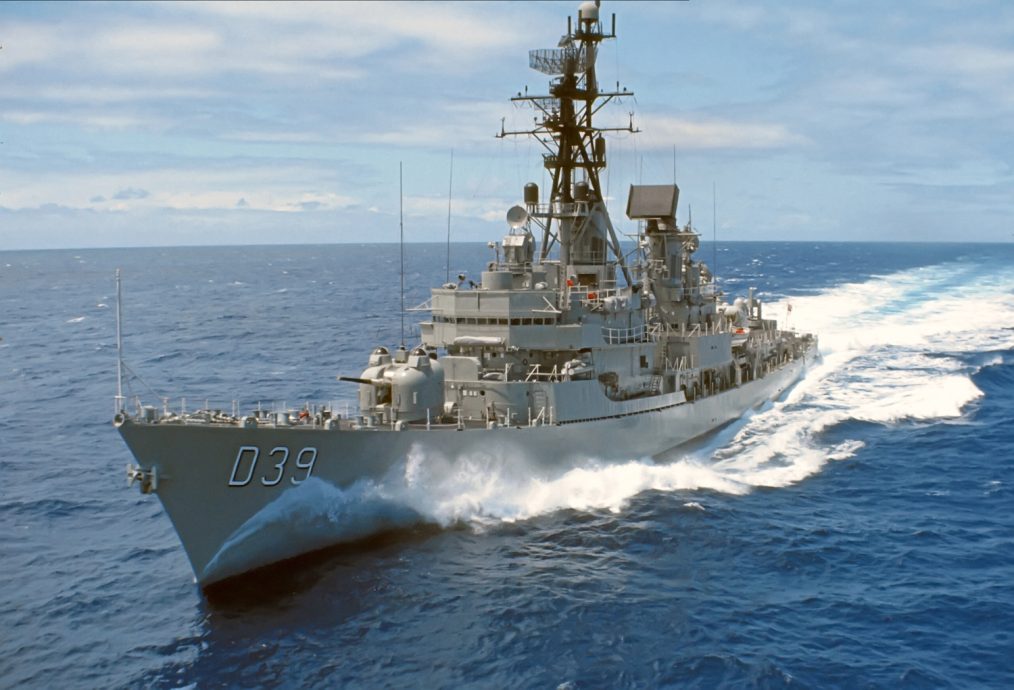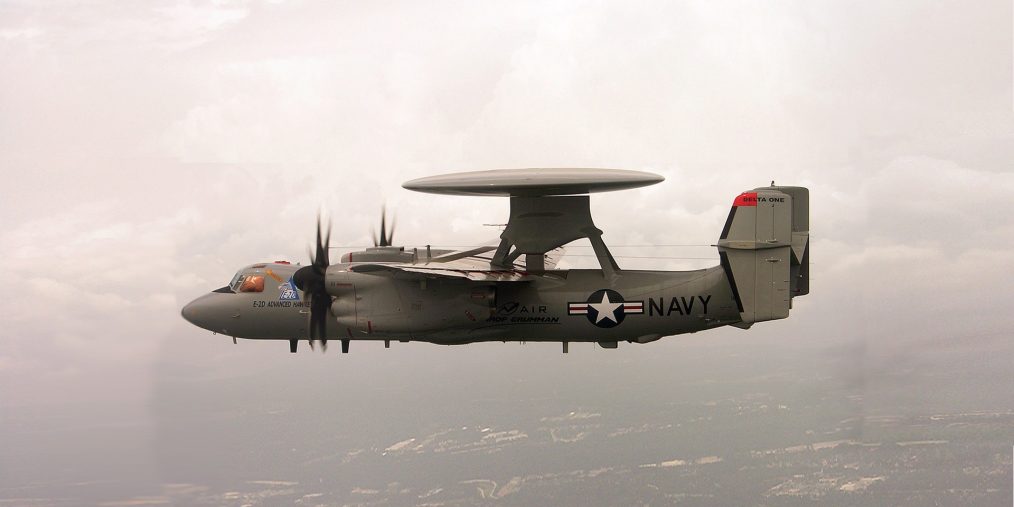Picture: Carlos Hathcock taking aim in Vietnam. (Photo: USMC archives)
Carlos Hathcock was a self-taught marksman, much like Alvin York and Audie Murphy before him. From a young age, he dreamed of becoming a U.S. Marine and enlisted in 1959 at just 17 years old. By the time he joined the Marines, Hathcock was already an exceptional sharpshooter, winning the prestigious Wimbledon Cup shooting championship in 1965, a year before deploying to Vietnam where he would change the face of American warfare.
Deployed in 1966 as a military policeman, Hathcock immediately volunteered for combat duty and was soon transferred to the 1st Marine Division Sniper Platoon, stationed at Hill 55, south of Da Nang. It was here that he earned the nickname “White Feather” for the white feather he daringly wore on his bush hat, challenging the North Vietnamese to spot him. This is where Hathcock would solidify his status as the Vietnam War’s deadliest sniper, undertaking missions that seem as though they were taken straight from a comic book.
White Feather vs. The General
Hathcock preferred to strike during the early morning or late evening, a tactic that became crucial during one of his most famous missions — the assassination of a North Vietnamese Army general. With minimal information about the mission, Hathcock volunteered and began a gruelling four-day and three-night crawl of over 1,500 yards, inching closer to the general’s position without food or sleep, a movement he referred to as “worming.” For the first and only time, Hathcock removed the feather from his hat.
After reaching a tree line near the NVA encampment, Hathcock observed his target at 700 yards. The general stepped onto a porch, and as his aide moved away, Hathcock seized the moment. He fired a single shot that struck the general in the heart. As enemy soldiers frantically searched the area, Hathcock began his slow retreat, evading detection for three days.
“Carlos became part of the environment,” said Edward Land, Hathcock’s commanding officer. “He had the patience, drive, and courage to do the job. He felt very strongly that he was saving Marine lives.” With 93 confirmed kills — including one at 2,500 yards — and an estimated 300 more, Hathcock wasn’t driven by the act of killing.
“I really didn’t like the killing,” he once told a reporter. “You’d have to be crazy to enjoy running around the woods, killing people. But if I didn’t get the enemy, they were going to kill the kids over there.”
“The Best Shot I Ever Made”
One of Hathcock’s most notorious targets was a female Viet Cong platoon leader known as “Apache.” She was infamous for her brutality, capturing and torturing American soldiers in the area around Hathcock’s unit.
In November 1966, Apache captured a Marine private and tortured him within earshot of his own unit. The private was skinned, mutilated, and left to die near the wire of his camp. This act was the last straw for Hathcock. Determined to end her reign of terror, he set out to kill Apache. Days later, he got his chance.
While observing an NVA sniper platoon, Hathcock spotted a figure squatting to urinate — it was Apache. At 700 yards, Hathcock took the shot, killing her instantly. “She was a bad woman,” Hathcock recalled. “I stopped her. I put one extra in her for good measure.”
White Feather and The M2
Hathcock revolutionized the use of the M2 .50 calibre machine gun as a long-range sniper weapon during the Vietnam War. He designed a mount for the rifle, allowing him to make shots at unprecedented distances. His longest confirmed kill with the M2 was at 2,460 yards, a record that stood until 2002.
“If I hadn’t gotten him just then, he would have gotten me,” Hathcock recalled of the shot.
His exploits made him a prime target for the NVA, who placed a $30,000 bounty on his head. This led to a deadly game of cat and mouse with an NVA sniper known as “The Cobra.” After a tense encounter, Hathcock spotted the glint of the Cobra’s scope and fired, killing the enemy sniper before he could take his shot.
A Hero’s Legacy
In 1969, Hathcock’s career as a sniper came to an end when a vehicle, he was in struck a landmine, leaving him severely injured with burns over 40% of his body. Despite his injuries, Hathcock managed to pull seven Marines from the burning wreckage, an act of heroism for which he was awarded the Silver Star in 1996.
After recovering, Hathcock founded the Marine Sniper School at Quantico, where he trained future snipers while battling Multiple Sclerosis, the disease that eventually claimed his life. Carlos Hathcock’s legacy as one of America’s greatest snipers endures, a testament to his skill, dedication, and the lives he saved.










